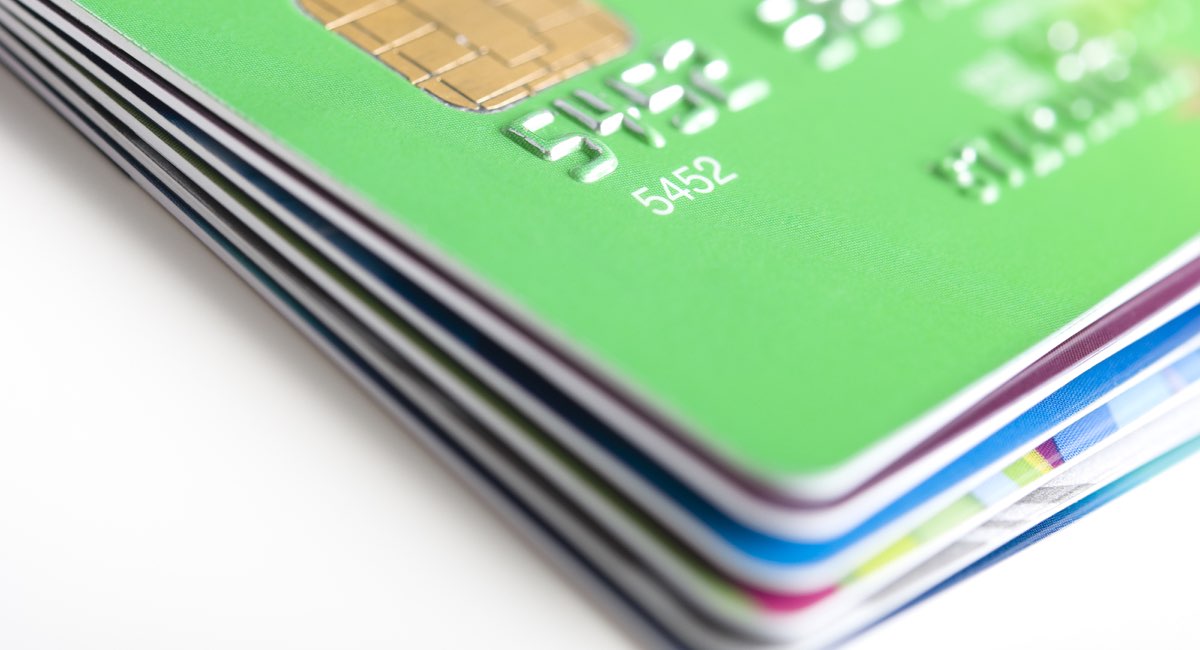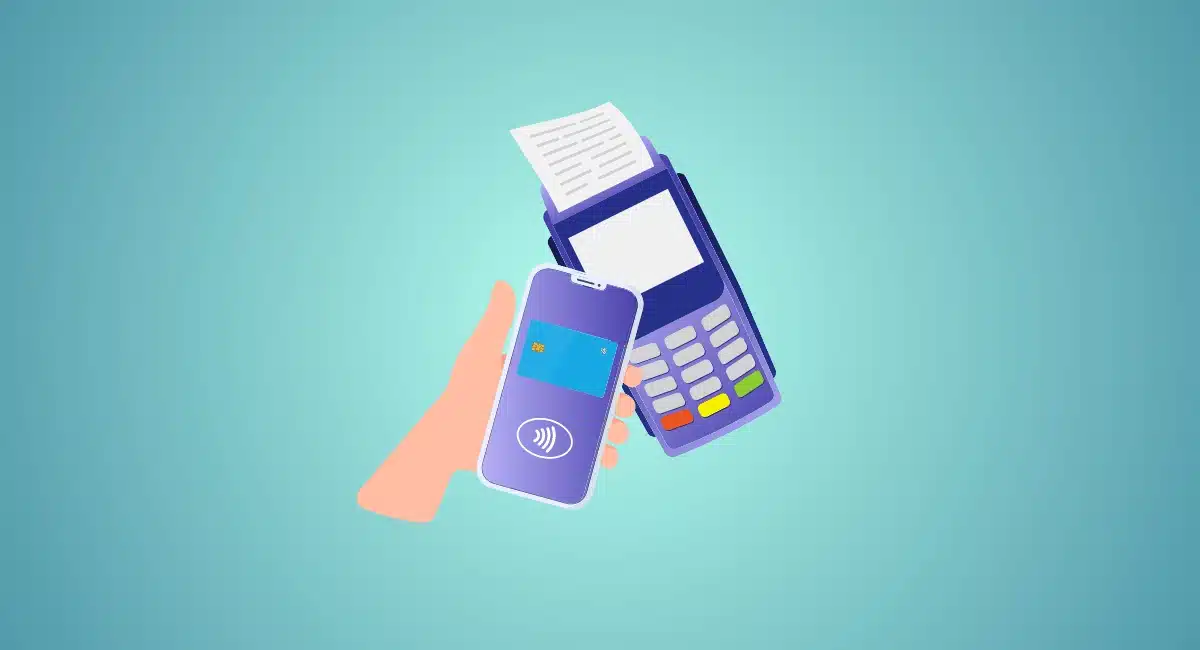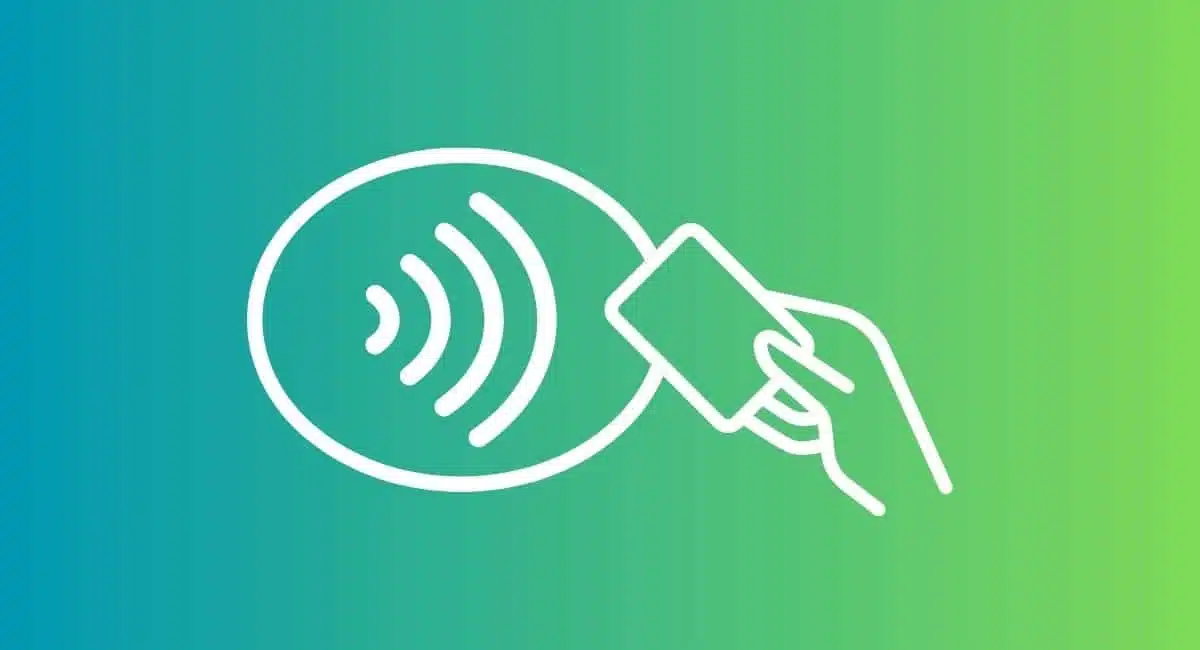There can hardly be anyone in the UK who doesn’t use a Chip and PIN machine on a regular basis. Any time you pop into your nearest shop and pay with a credit or debit card by giving your PIN code (personal identification number) to authorise the transaction you use a Chip and PIN card reader.
As the business culture in the UK is moving increasingly towards cashless transactions, the number of these Chip and PIN solutions will only continue to rise.
In fact, a new generation of mobile credit card readers like the iZettle Chip and PIN reader and Payleven Chip and PIN device means a significant new number of people are using mobile Chip and PIN machines for their businesses. The low level of fees offered by these new mobile Chip and PIN solutions has in effect created a level playing field in terms of access to the system.
What is Chip and PIN?
The Chip & PIN system was introduced as a scheme to establish a global system for accepting credit and debit cards.
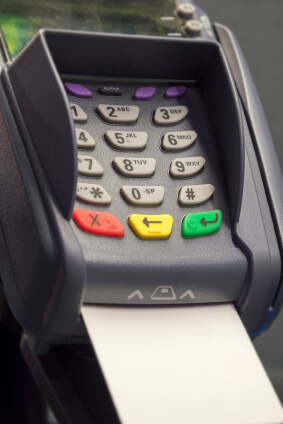
The term Chip and PIN is in fact a brand name, and the scheme was initially started is a joint venture between three leading credit card service providers: Europay, Mastercard and Visa (EMV). The official name of the scheme is the EMV smartcard.
How does it work?
The most important element of the Chip and PIN system is the chip on your debit or credit card. The cardholder’s information is embedded on the chip and once the card is inserted into a chip and pin terminal, the PIN number embedded on the card has to match the one entered by the person using the card.
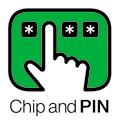
Why Chip & PIN?
The desire to reduce fraud was one of the key reasons behind the introduction of chip and pin terminals and card readers because magnetic stripe and signature systems are more susceptible to fraud. It is possible to forge a signature whereas the PIN code is unique to the cardholder and only the cardholder knows the number (this is why you should never reveal your number!).
With the swipe cards, it was also possible to clone the card with a relatively cheap machine, as the information in the magnetic stripe could be easily copied. Cloning a card with a chip is much more difficult, and in most cases not feasible. The UK was one of the first countries to introduce the chip & PIN in 2005 and since then there has been a dramatic reduction in fraud. In France, for example, there was a reported 80% reduction in fraud after Chip and PIN terminals were introduced.
New generation Chip & PIN terminals
Chip and PIN technology has been around for many years but over the last couple of years there has been some exciting developments in this field with the arrival of mobile Chip and PIN terminals. New companies like iZettle and SumUp have developed their own apps to accompany a Chip and PIN reader that enables smartphones and tablets to take card payments. This solution is ideal for small businesses and service providers in any sector since it is a flexible and low cost solution as well as secure.

